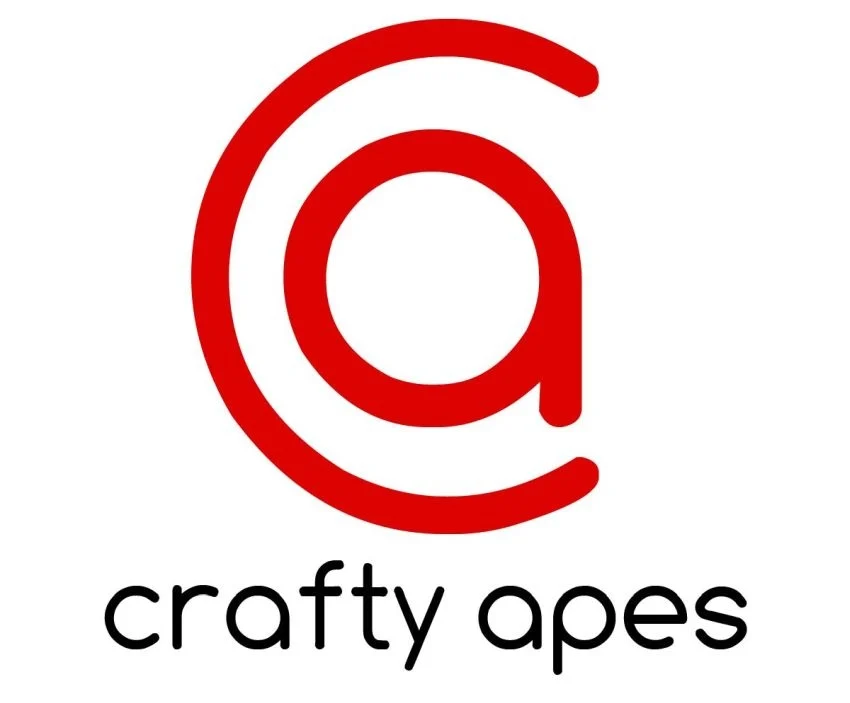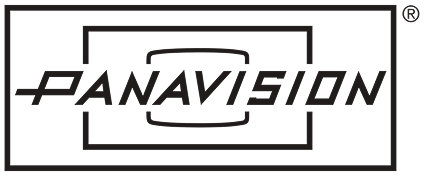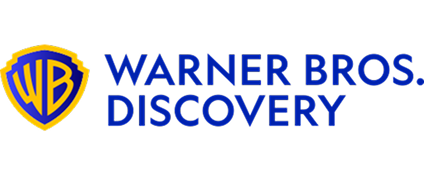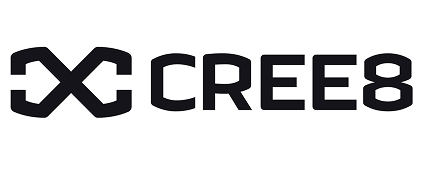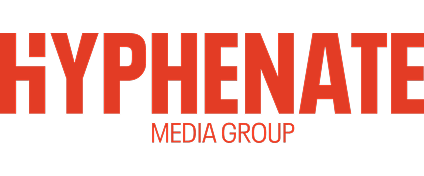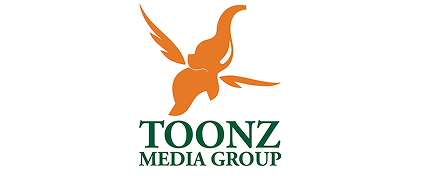Introduction
The media supply chain is the backbone of the entertainment industry, connecting content creators, distributors, and service providers in a seamless flow. However, as the industry grows increasingly global and complex, optimizing workflows has become a top priority for businesses aiming to stay competitive.
Let’s explore the challenges, solutions, and strategies for optimizing media supply chain workflows and how Vitrina can be your partner in driving efficiency and success.
Enhance Efficiency with Vitrina

Why Optimization is Essential for Media Supply Chains
With the rapid growth of digital content and the globalization of audiences, media supply chains need to handle increasing volumes and complexity. Here’s why optimization is crucial:
- Efficiency Gains: Reduce costs and turnaround times.
- Scalability: Handle large-scale projects across multiple markets.
- Improved Quality: Maintain consistency across content creation, post-production, and distribution.
- Competitive Advantage: Deliver content faster and more effectively than competitors.
Common Challenges in Media Workflows
The media supply chain faces several hurdles that can slow down operations or increase costs:
- Fragmented Processes: Disjointed workflows across production, post-production, and distribution.
- Data Silos: Limited visibility across departments or partners.
- Resource Bottlenecks: Delays caused by outdated technology or underutilized resources.
- Localization Complexity: Handling language adaptations for global markets.
- Regulatory Compliance: Navigating tax laws, content standards, and international regulations.
Example: A production house that fails to align its localization and distribution workflows may experience delays that impact market launches.
Key Strategies for Optimization
To address these challenges, companies are adopting innovative strategies to streamline their media workflows:
1. Centralized Workflow Management
Consolidate your processes with tools that provide end-to-end visibility and control.
Example: A unified platform can track content from production to distribution, ensuring no steps are missed.
2. Automation
Automate repetitive tasks like file conversions, quality checks, and metadata tagging to reduce manual errors and save time.
3. Enhanced Collaboration
Implement cloud-based tools to enable real-time collaboration among teams, regardless of location.
4. Data-Driven Decisions
Leverage analytics to monitor workflow performance, identify bottlenecks, and improve processes.
Pro Tip: Use Vitrina’s supply chain insights to track company performance and optimize partnerships.
Track and Optimize in Real-Time

How Vitrina Streamlines Workflows
Vitrina is your ultimate partner in optimizing media supply chain workflows. Here’s how:
- Comprehensive Coverage: Access profiles of 80,000+ production houses, post-production vendors, and localization providers globally.
- Project Tracking: Monitor every stage of content production, from development to release.
- Collaboration Tools: Connect with decision-makers and partners to align workflows.
- Real-Time Insights: Gain actionable data on workflow efficiency and performance trends.
- API Integration: Integrate Vitrina’s tools with your existing systems like HubSpot or Salesforce for seamless operations.
Conclusion
Optimizing media supply chain workflows isn’t just about cutting costs—it’s about positioning your business for long-term success in a competitive market. By implementing strategies like centralized management, automation, and data-driven decisions, you can enhance your operations and drive growth.
Vitrina offers the tools and insights needed to streamline workflows, improve collaboration, and stay ahead of industry trends.
Frequently Asked Questions
Optimization improves efficiency, scalability, and quality, ensuring content is delivered on time and meets global standards.
Vitrina offers tools for project tracking, partner identification, and workflow analytics to streamline operations.
Yes, Vitrina provides access to resources and collaborators across 100+ countries, making it ideal for global projects.



